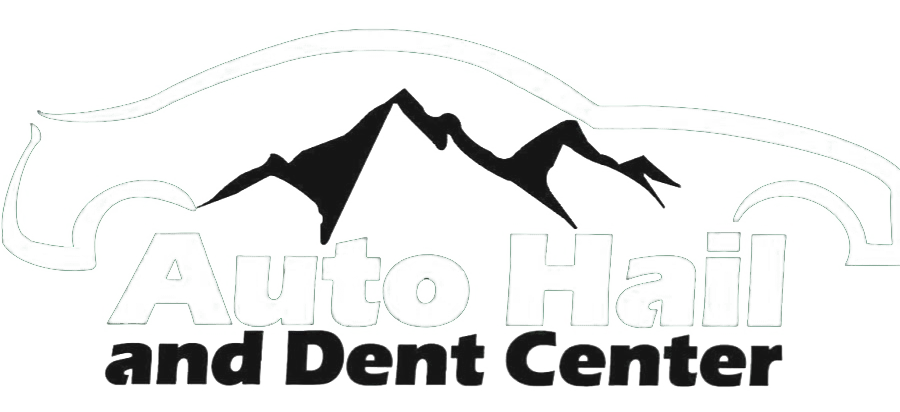[fullwidth background_color=”” background_image=”” background_parallax=”none” enable_mobile=”no” parallax_speed=”0.3″ background_repeat=”no-repeat” background_position=”left top” video_url=”” video_aspect_ratio=”16:9″ video_webm=”” video_mp4=”” video_ogv=”” video_preview_image=”” overlay_color=”” overlay_opacity=”0.5″ video_mute=”yes” video_loop=”yes” fade=”no” border_size=”0px” border_color=”” border_style=”” padding_top=”20″ padding_bottom=”20″ padding_left=”” padding_right=”” hundred_percent=”no” equal_height_columns=”no” hide_on_mobile=”no” menu_anchor=”” class=”” id=””]
In order to work the dents, one has to access the back of the dented panel(s). This is normally done by a trim specialist or R&I guy as many call them. If there is hail damage to the roof of the car then the headliner must be taken down to gain access to the hail dents. This also is done by a trim specialist that can remove and install any parts that are in the way of the back of the dents. If access to the back of the dent is impossible, there is a technique called “glue pulling” that is used to pull the metal point by point. The glue used does not harm or alter the factory finish and is formulated specially for the PDR industry.[/fusion_text]

Now there are thousands of tools and dozens of manufacturers of paintless dent repair tools that allow technicians to repair dents that would normally need many hours of body work, and paint. It’s the only eco friendly way to fix dents and it’s the preferred method of fixing hail dents for all the insurance companies.[/fusion_text]

